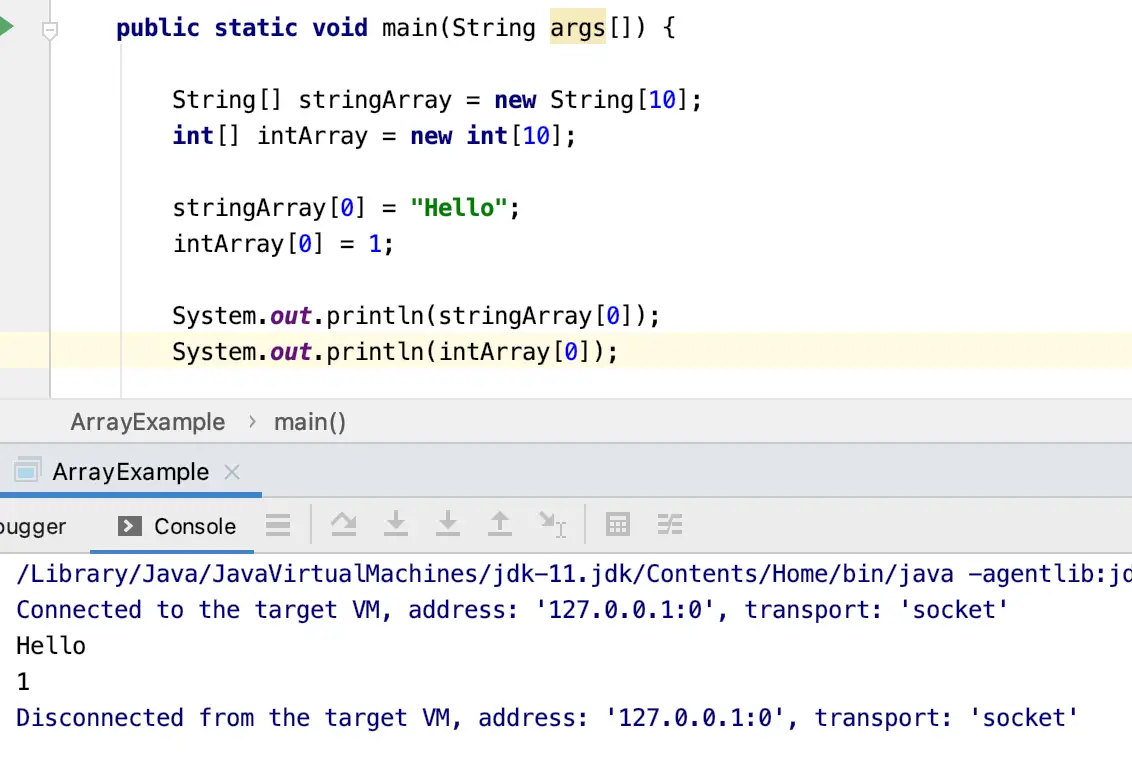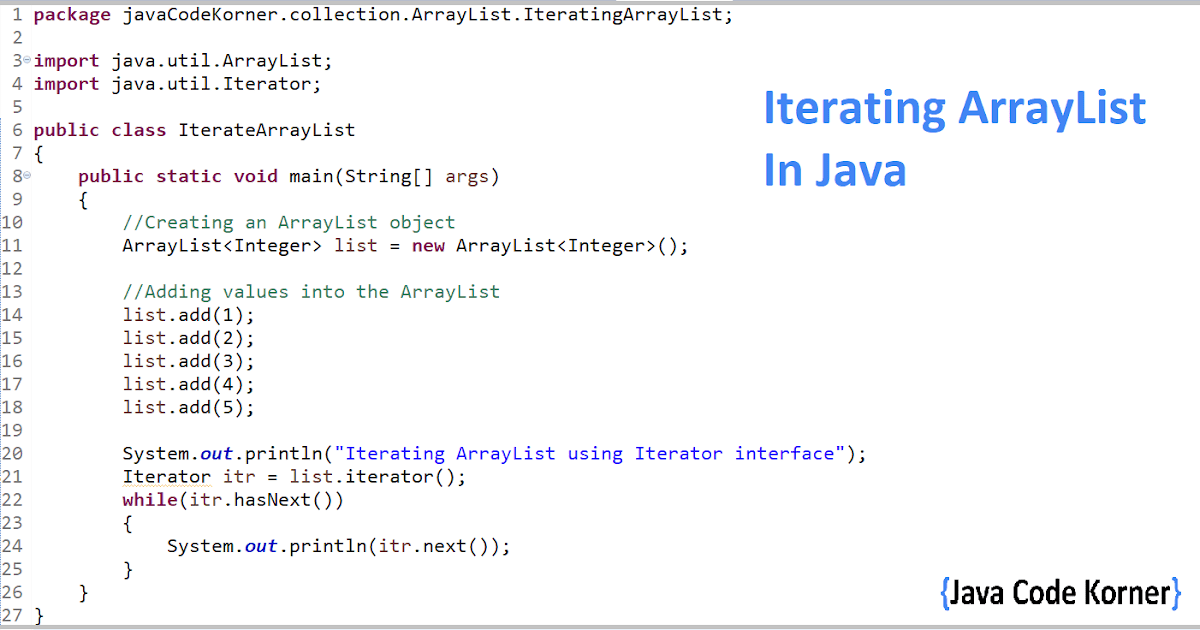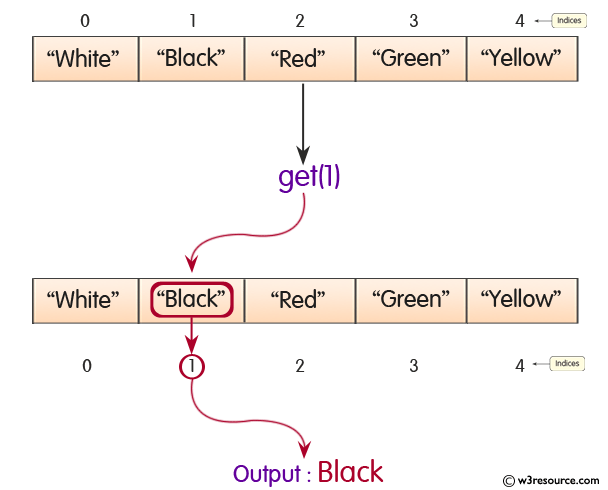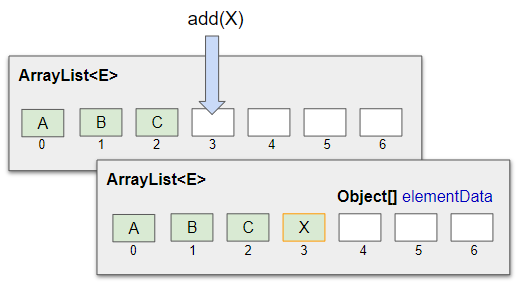
Let’s see Java program to convert arraylist to byte array java. We have used classes ByteArrayOutputStream and ObjectOutputStream which are basically used to implement an out stream to write data into byte array and then read the data. Step-5: We will handle exception While converting the ArrayList to byte array using try and catch. Step-4: Then we will convert the array list to a byte array using ByteArrayOutputStream and ObjectOutputStream class.

Step-3: Now we will add the elements to ArrayList one by one by using add() method. Step-2: Now we will create an object of the list and a byte variable then instantiate the list object to ArrayList in java.
You coded the following in the file Test.java: ArrayListThis method is called by the destination ArrayList and the other ArrayList is. We will discuss first our approach then implement java program. ArrayLists can be joined in Java with the help of Collection.addAll() method. Let’s discuss approach to convert arraylist to byte array java. Java Program To Convert ArrayList to Byte Array Java
For example, // create Integer type arraylist ArrayListWe will write a java program to cconvert arraylist to byte array java using ByteArrayOutputStream and ObjectOutputStream class. Before using ArrayList, we need to import the package first.
Java arraylist to array how to#
Hope you get clear picture about the difference between list vs arraylist in Java.In this tutorial we will learn how to convert ArrayList to byte array java . Just commented out above highlighted line 27 and rerun the program to see below result. } After running above program you will see below exception: Exception in thread "main" Īt (AbstractList.java:148)Īt (AbstractList.java:108)Īt .main(CrunchifyDiffArraysAsList.java:27) iterator() returns an iterator over the elements in this list in proper sequence. crunchifyList2.add(11) // Because of above exception you can't add value to crunchifyList2
If you need to preserve the generic information, you must use the alternative toArray() method which takes an array of the desired type (because you could, for instance, want to turn a ListThat is good be cause it simplifies the reference to List whose API probably has the entirety of what the List is needed for anyways, without cluttering that reference's API with the extras ArrayList has. at .main(CrunchifyDiffArraysAsList.java:24) As you can see in the Javadocs, List.toArray() returns an Object, so the list's generic type information is lost.That's why your cast doesn't work. shifu a List reference is more general than ArrayList declaring as List abstracts away the API of ArrayList that extends beyond List API. crunchifyList2 is returned as a List view, it has only the methods attached to that interface. You can use an ArrayList in Java to store and manipulate a collection of similar variables. (Changes to the returned list "write through" to the array.)ĬrunchifyList2 = Arrays.asList(crunchifyArray) ĬrunchifyList2.add(12) // add() method is not allowed to crunchifyList2.

asList() returns a fixed-size list backed by the specified array. List crunchifyList1, crunchifyList2 = null Take a look at below Java program which clearly explains you the difference between the same.

Below are the list of all available methods for ArrayList. What is a difference between List and Arraylist?Īnswer is very simple. List is an interface, ArrayList is a class that implements List. Also it’s of type List and not ArrayList. Here crunchifyList2 is a fixed-size list backed by the specified array.

crunchifyList2 = Arrays.asList(crunchifyArray) numpy.array(object, dtypeNone,, copyTrue, orderK, subokFalse, ndmin0, likeNone).
someMethod(someList.toArray(new ArrayListHere crunchifyList1 is of type ArrayList. This will not work without a warning if there are further templates involved. CrunchifyList1 = new ArrayList(Arrays.asList(crunchifyArray))


 0 kommentar(er)
0 kommentar(er)
